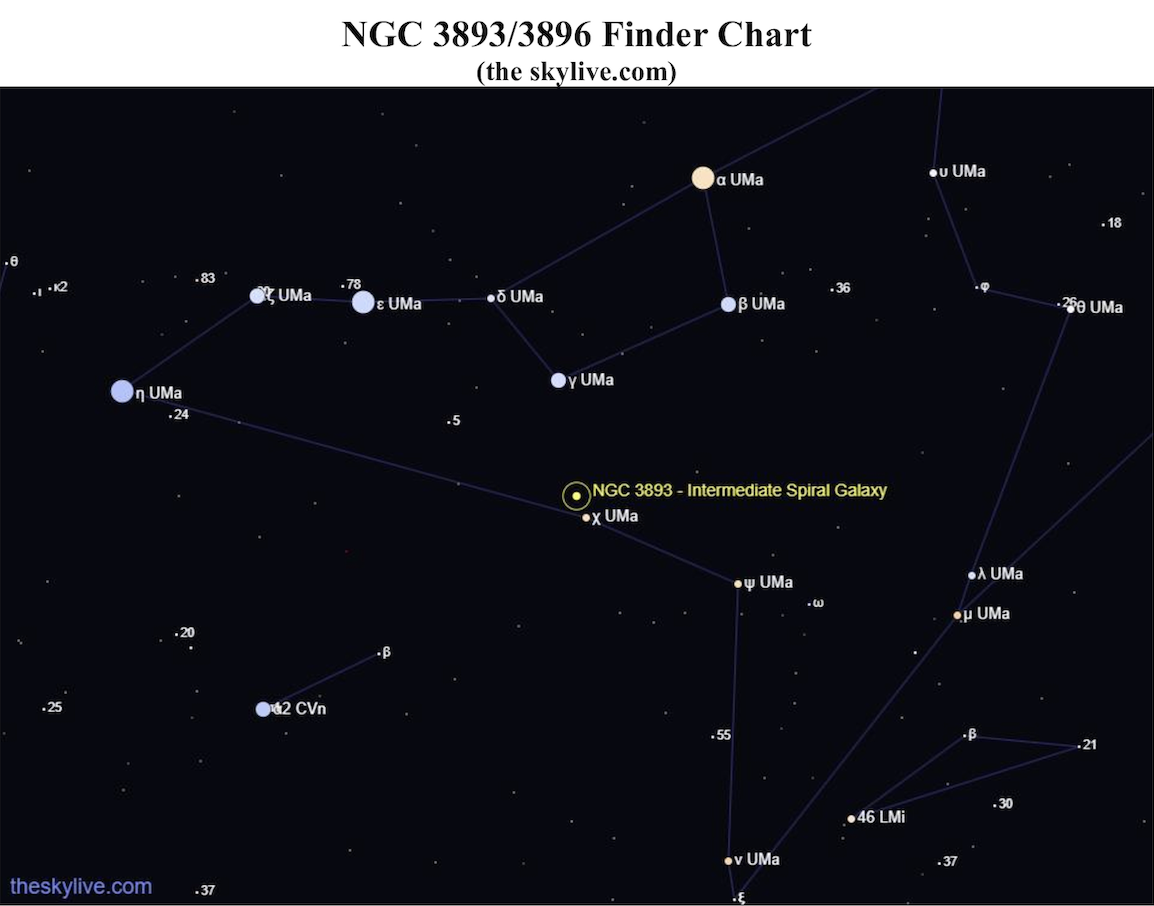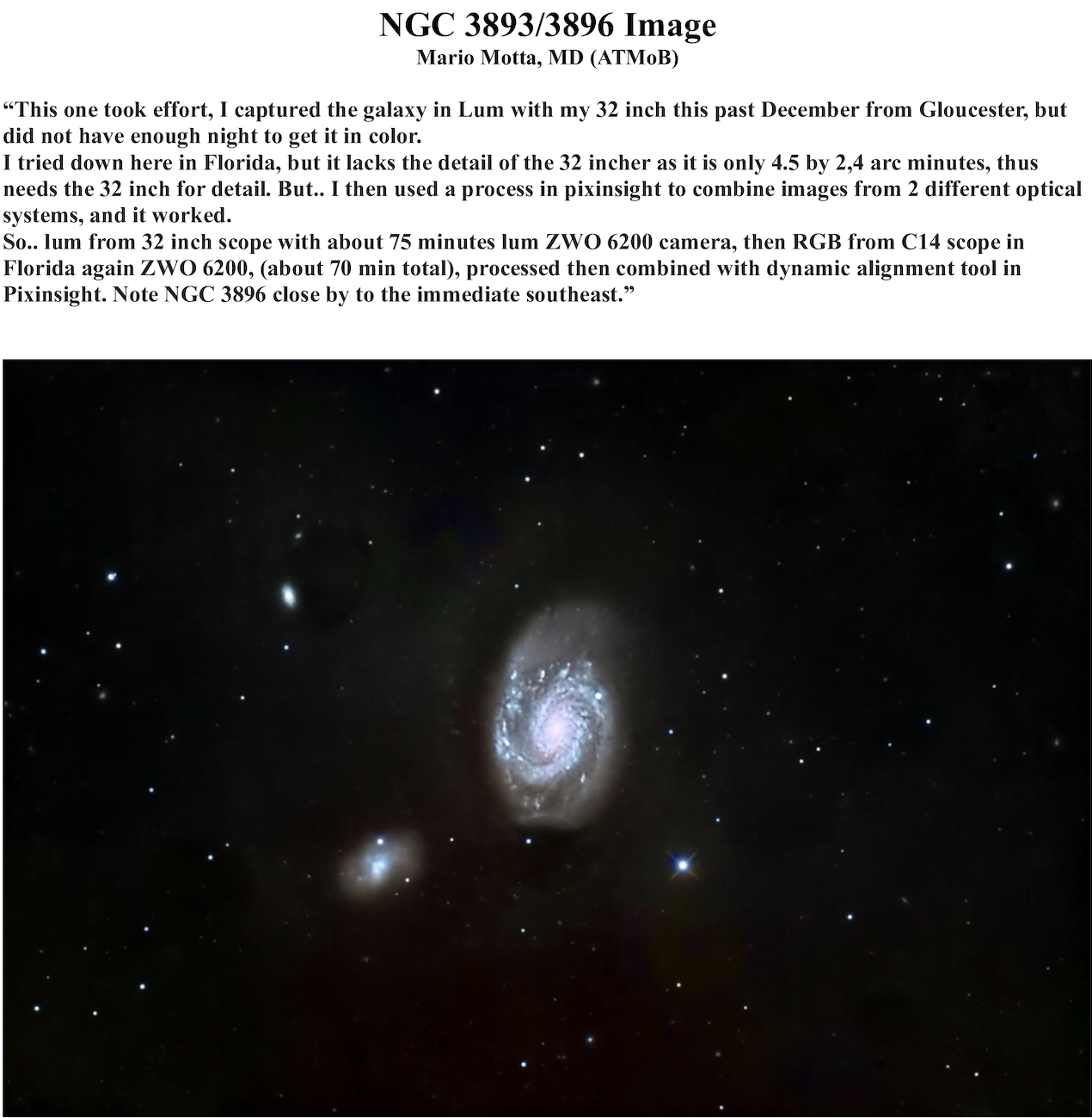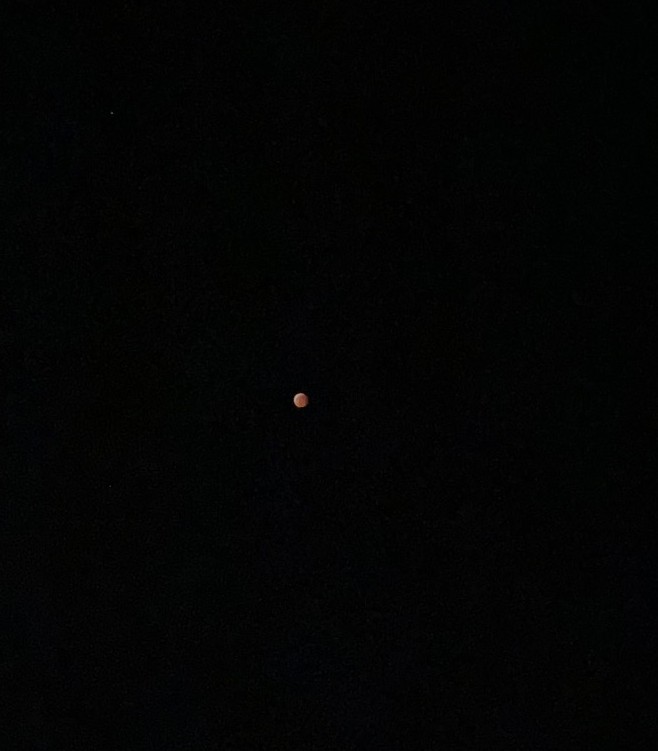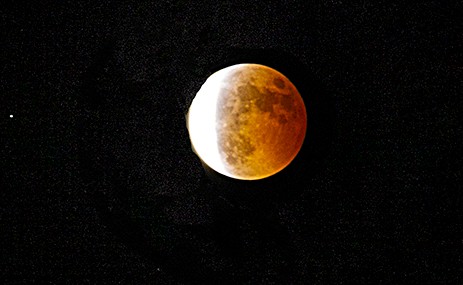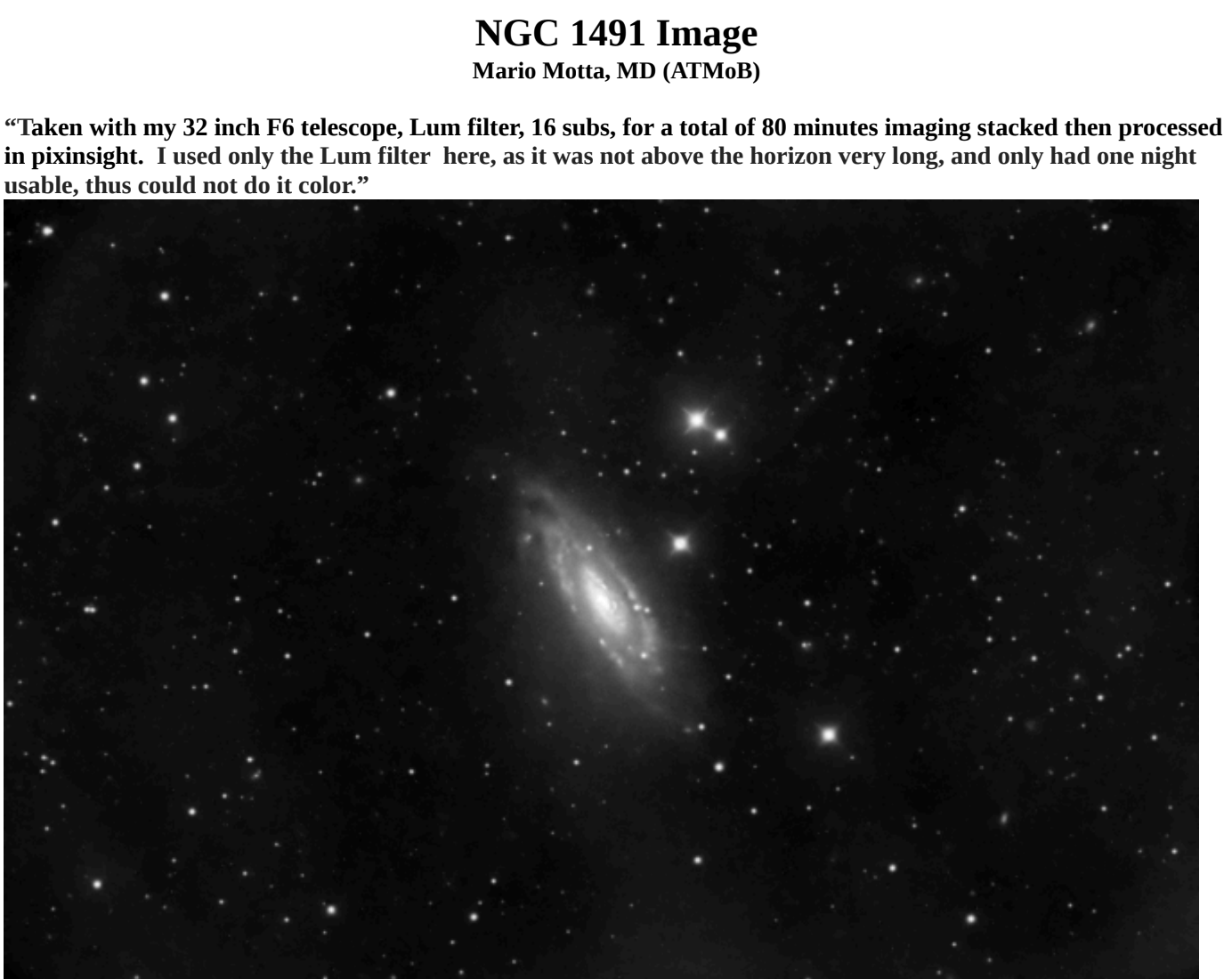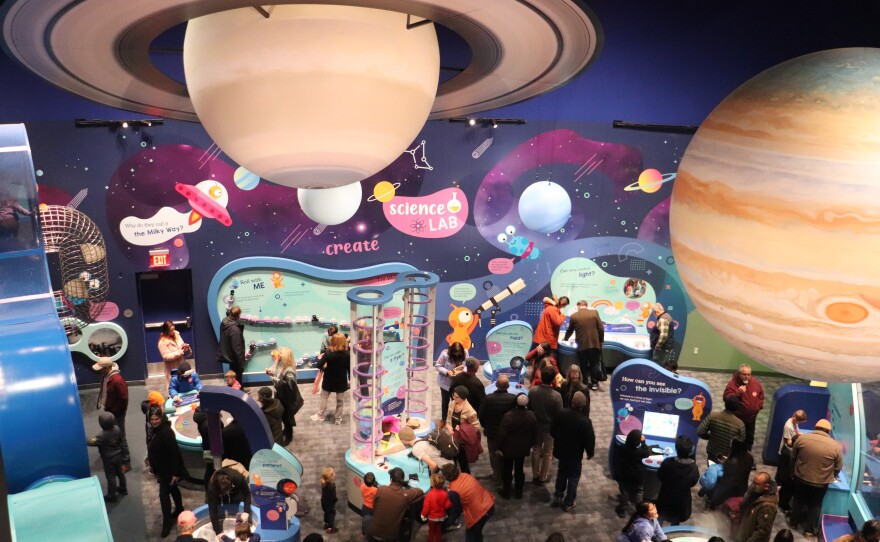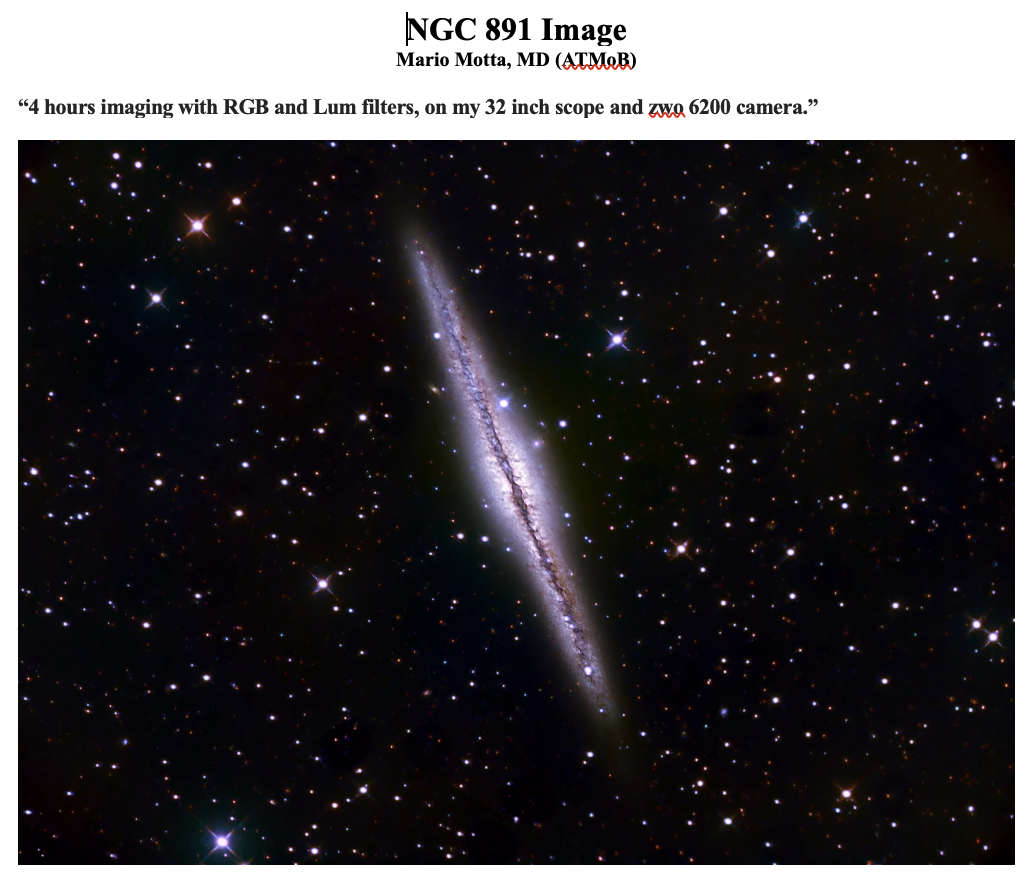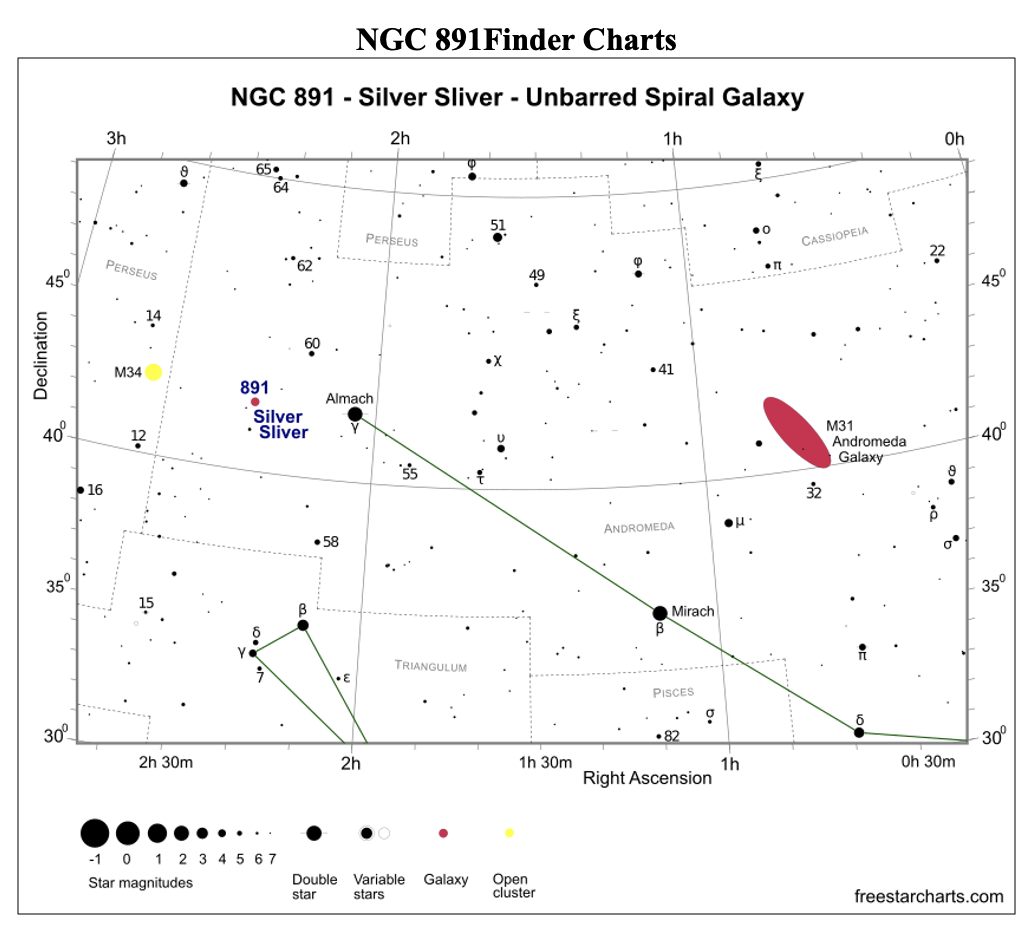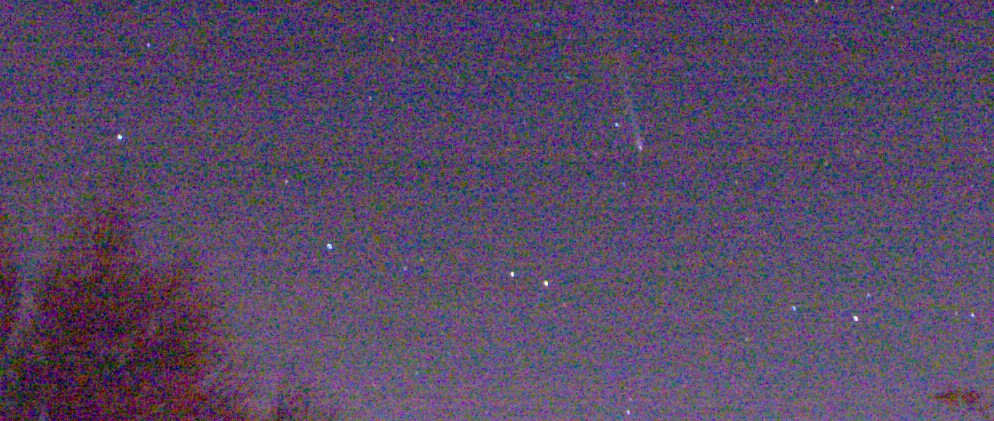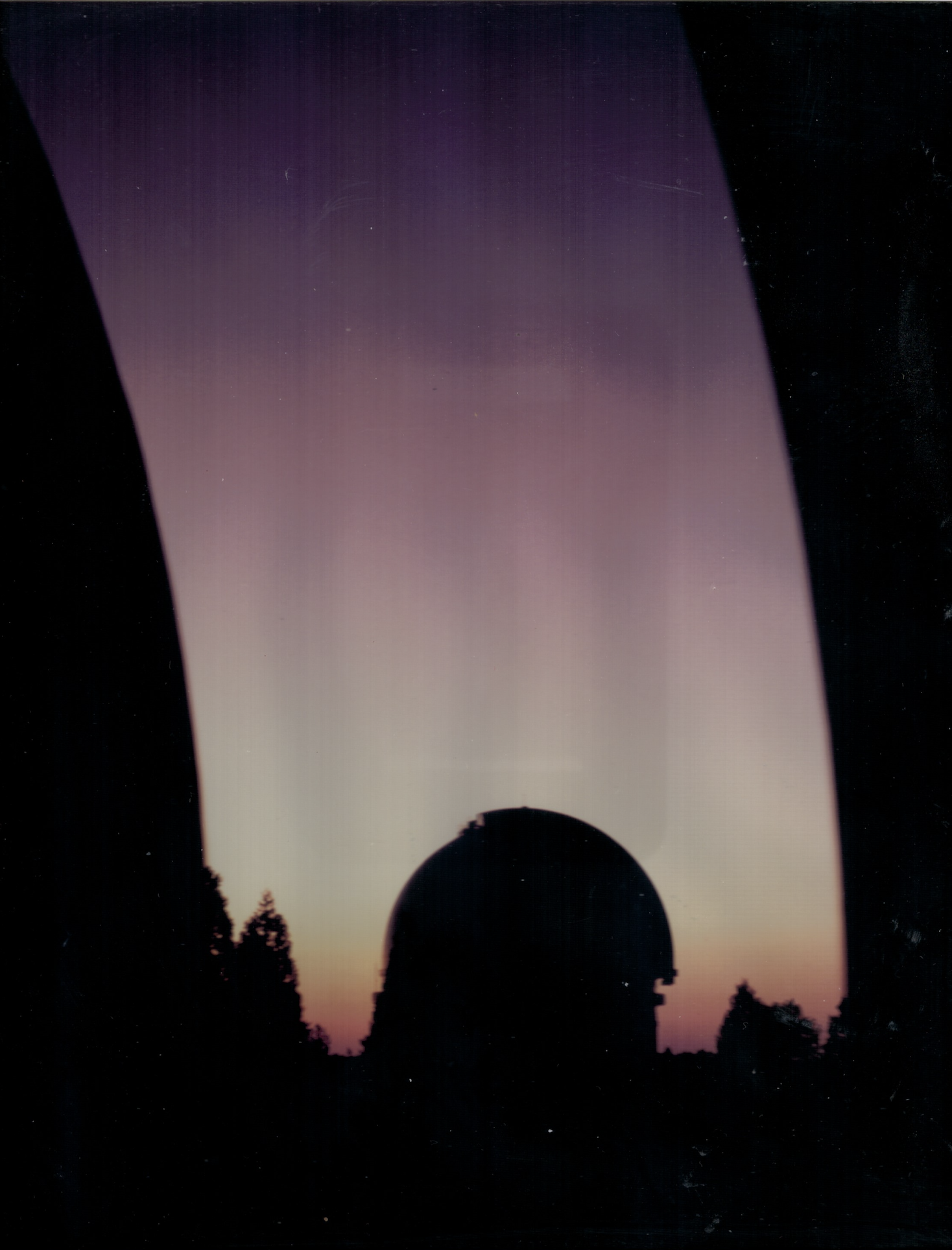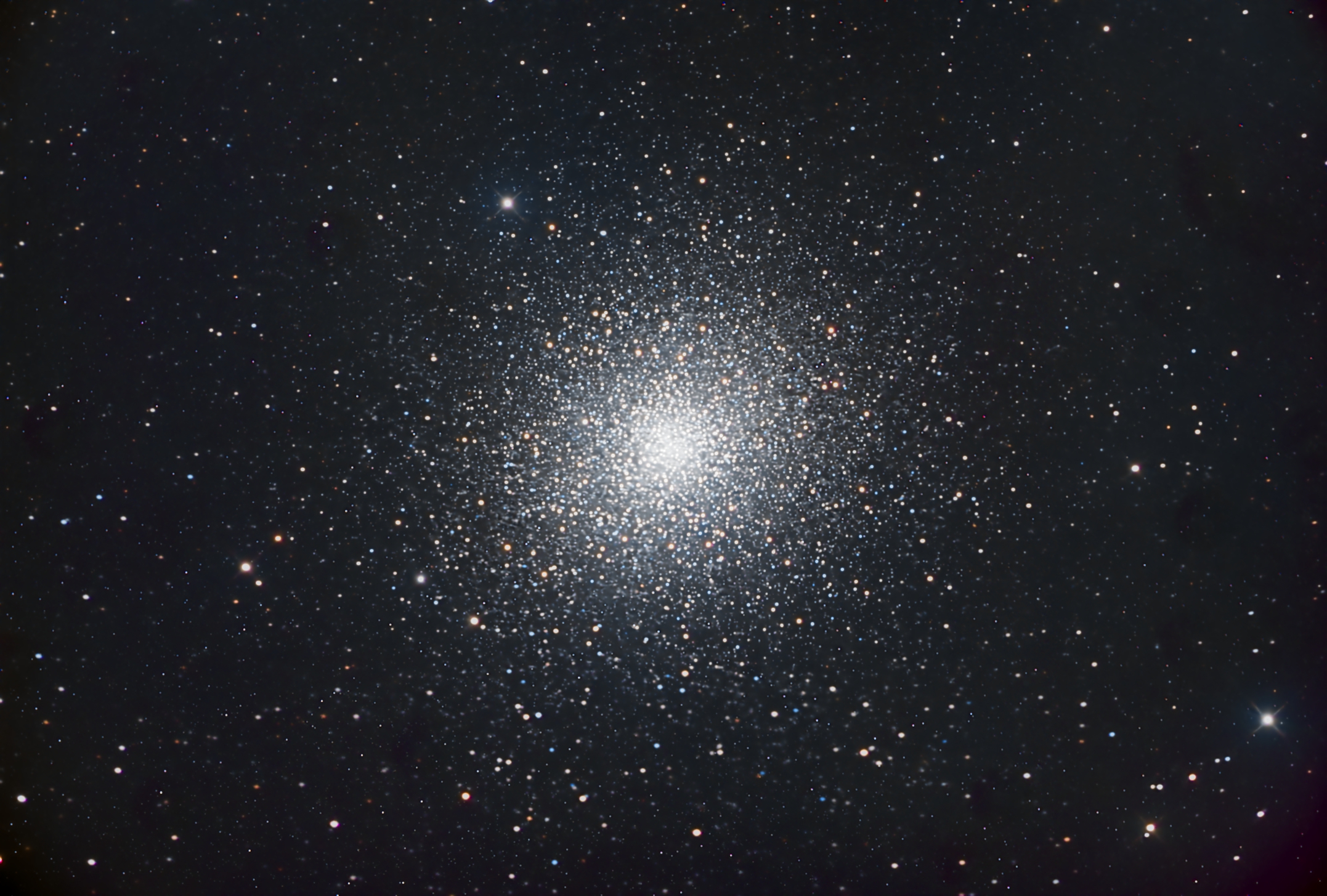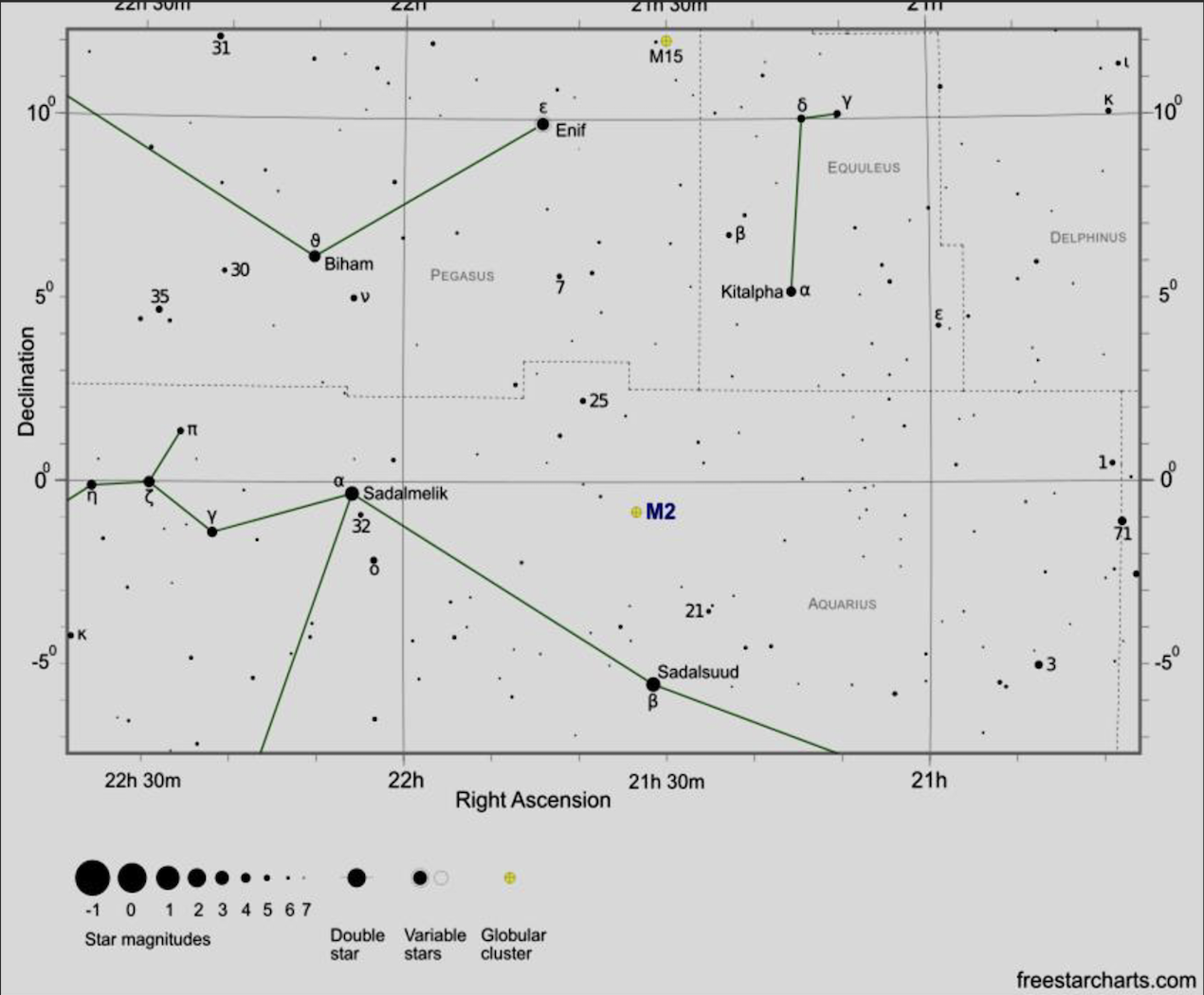David H. Levy
A Tail of Three Comets!
In just the last few months, we have enjoyed a parade of no fewer than three comets. Last fall there was Comet Tsuchinshan-ATLAS, discovered by the Purple Mountain Observatory in east China, near Nanjing. The comet sported a very long tail and it was visible without a telescope for several weeks. It was the highlight of an observing session a local high school shared with its students. As the students sat and gazed at the sky, they could easily spot the tail stretching proudly across the western heavens.
Just a few weeks later, in December a second ATLAS comet began to brighten significantly. I tried hard to see it as it was apparently visible for less than an hour during evening twilight, but couldn’t find it.
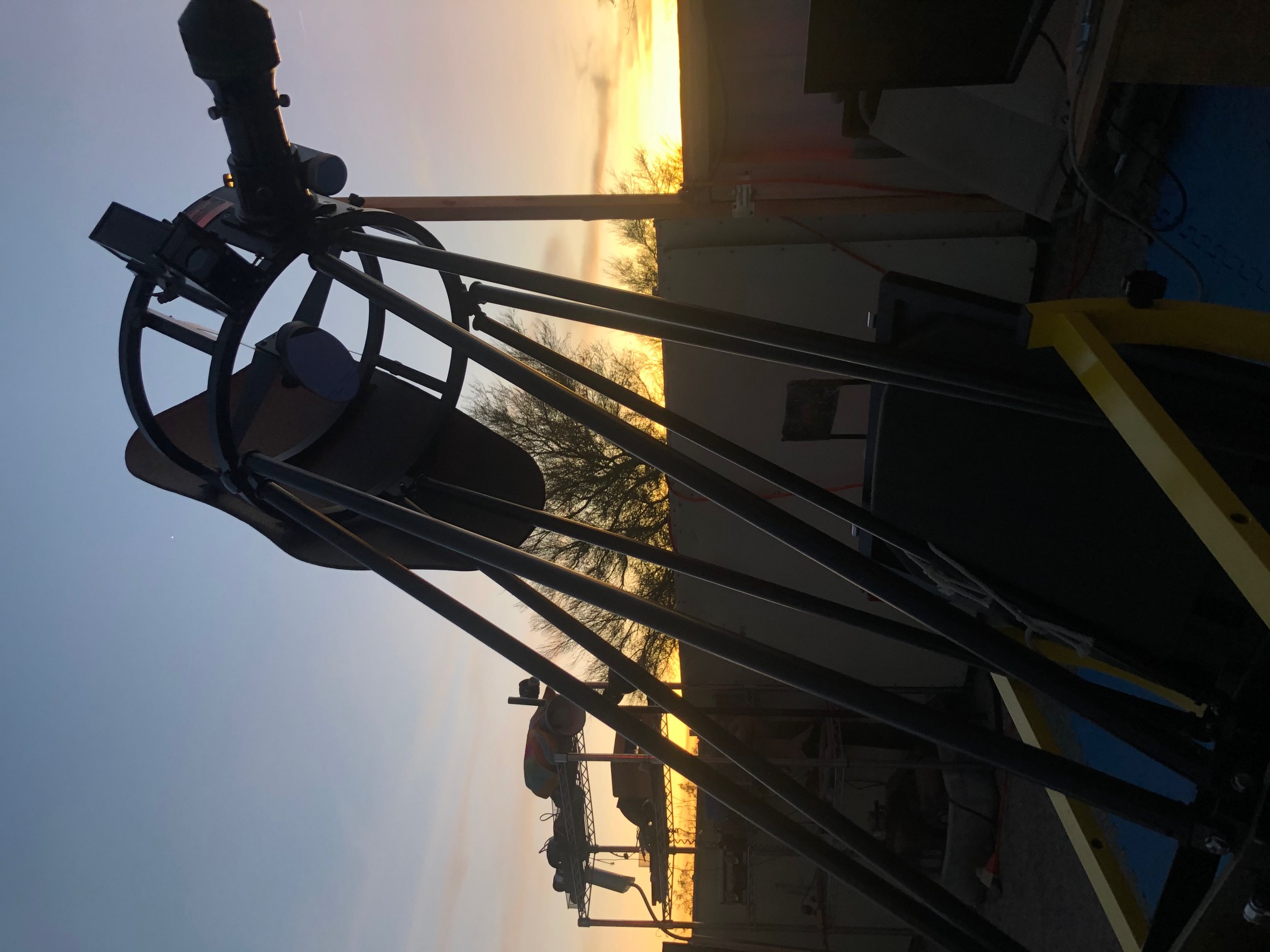 My close friend Steve Edberg, however, did. He and his family had to evacuate their home in La Canada during to the fires burning at the time. On the evening of 14 January, while strolling along San Francisco’s Golden Gate Bridge, he spotted Comet Atlas low in the west. He is one of the very few observers in the northern hemisphere to see it. He was so excited about it that he called me over the telephone. Our conversation was the first in more than two years but it resumed a friendship that has lasted for decades. I was proud of him that night over his sighting, and still am.
My close friend Steve Edberg, however, did. He and his family had to evacuate their home in La Canada during to the fires burning at the time. On the evening of 14 January, while strolling along San Francisco’s Golden Gate Bridge, he spotted Comet Atlas low in the west. He is one of the very few observers in the northern hemisphere to see it. He was so excited about it that he called me over the telephone. Our conversation was the first in more than two years but it resumed a friendship that has lasted for decades. I was proud of him that night over his sighting, and still am.
Over the next few days, until Comet ATLAS sank below the southern horizon, I attempted unsuccessfully to spot the comet. But then, on 25 January, I was outside looking at some cirrus clouds. Behind them, in the southern portion of the sky, there was something else—strange, misshapen. It might have been the tail of Comet ATLAS. I recorded it as a possible sighting.
When Sky & Telescope’s June issue appeared with its pictures of the great “ghost comet,” meaning that the head had disintegrated, the actual tail looked identical to what I saw on photographs taken just two days earlier than my sighting. I changed my record from “possible” to “probable.” Comet ATLAS is the 236 th comet I have seen since Comet Ikeya-Seki in 1965.
There was yet a third comet. Comet Swan (C/2025 F2) was discovered in March 2025. The discoverers used the Solar and Hemispheric Observatory spacecraft’s SWAN (Solar Wind Anisotropies) instrument. The SWAN instrument has discovered over five thousand comets. I saw this lovely comet on the morning of 10 April 2025. This SWAN instrument aboard SOHO, and SOHO itself, by the way, has discovered more than five thousand comets.
Three wonderful comets over just a few months is unusual, interesting, and fun: But all three have departed. As Hopkins wrote in 1864,
But then her tether calls her; she falls off,
And as she dwindles sheds her smock of gold…
And then goes out into the cavernous dark.
So I go out; my little sweet is done:
I have drawn heat from this contagious sun:
To not ungentle death now forth I run.”

